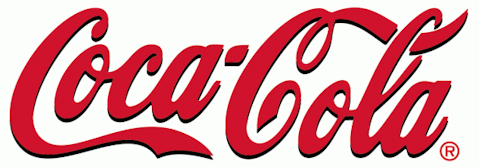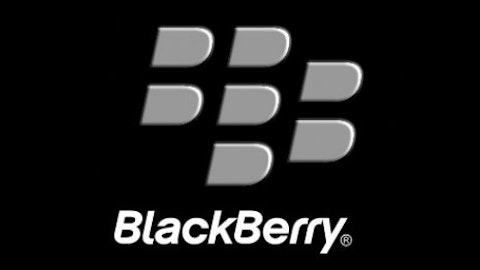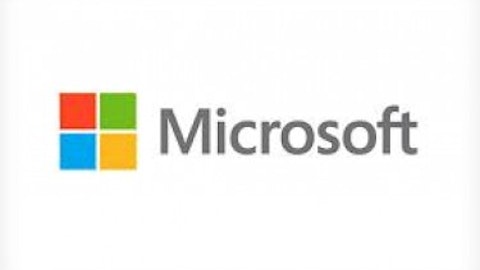When you use price-to-earnings multiples to assess a company’s valuation, you are hoping that one-year annual earnings are a good proxy for a stock value based on the entire set of all future discounted earnings flow. Hence, if one-year earnings are not representative of many future earnings, the P/E ratio is most likely not a great measure of value.
One way to think of the P/E multiple is that it attaches an implicit overall value to each dollar of earnings. At a P/E ratio of 10, you may say that each extra dollar of earnings translates into an extra $10 worth of valuation. Here I want to propose an alternative way to use the ratio which might help you assess whether a company is undervalued or overvalued.

An alternative way to use the P/E ratio
Indirectly, the P/E ratio refers to a firm’s cost of capital, operating margin and top-line growth rate. Investment bankers use a simple perpetuity formula:
Price = Earnings/(Cost of Capital – Earnings Growth)
Rearranging the terms we get:
Price/Earnings = 1/(Cost of Capital- Earnings Growth)
Or,
Cost of Capital = Earnings/Price + Earnings Growth
Since we know price, earnings and expected earnings growth, we can infer the firm’s cost of capital (which is always higher than the cost of debt). If the implied cost of capital of the formula above seems too high for the company’s risk profile, then the company would be undervalued. On the contrary, if the cost of capital is overly low, the the company could be overvalued. Of course, the limitations of the P/E ratio remain in place. You should not use the ratio for companies that are highly unpredictable.
Valuation looks fair for Buffett’s favorite company
Consumer goods companies such as The Coca-Cola Company (NYSE:KO) – which trades at 19 times earnings – have margins that are more or less predictable and their top-line growth is more or less capped by the world’s GDP growth (which is the maximum growth rate any firm could achieve in the long term). In The Coca-Cola Company (NYSE:KO)’s case, the formula tells us that the company is fairly valued.
We know The Coca-Cola Company (NYSE:KO)’s price ($40) and we know the company earns $2.15 per share a year. Besides, we could also estimate its earnings growth at 3% year over year because the world’s population can grow at that rate. With those figures in hand, we can infer that the market estimates Coca Cola’s cost of capital at 8.4%. A cost of capital above 8% for a company with the strongest business motto in the world seems more than fair. At the very least, The Coca-Cola Company (NYSE:KO) looks fairly priced.
This shrinking business does not look cheap anymore
Some companies are dying at a more or less predictable rate. Using the P/E multiple to value companies such as USA Mobility Inc (NASDAQ:USMO) , which trades at a P/E multiple of 12 times and loses sales steadily at a 7% annual rate, is also fair.
This last company, which is a provider of paging products and services for the healthcare sector, maintains its margins at a relatively stable level (between 14% and 11%) but looks condemned to die. Then, is a P/E multiple of 12 times a fair P/E ratio?
Let’s suppose the company can somewhat sustain its business and its EPS decline rate falls to 4%. Then, applying the numbers to our formula gives us an implied cost of capital of 4.35%. Of course this is ridiculously low. Hence, USA Mobility Inc (NASDAQ:USMO), given my expectations, seems deeply overvalued.
The P/E for unpredictable businesses
Many acclaimed investors (such as Bill Miller from Legg Mason) erred when estimating Research In Motion Ltd (NASDAQ:BBRY)‘s value before it started to plunge back in 2011 (the company lost 80% of its value since 2011 started). Research In Motion Ltd (NASDAQ:BBRY)’s P/E multiple looked low at 10.5 when the company was starting to fall. After having lost most of its value, the company trades at a P/E ratio which as low as 4.6. Research In Motion Ltd (NASDAQ:BBRY)’s value is related to patents, acquired users and strategic positioning (many big companies still use blackberry). Those assets could be valuable for a bigger company such as Samsung or Nokia Corporation (ADR) (NYSE:NOK). Its impossible to use any simple formula when thinking of the value of a company that is losing sales at a 36% annual rate. Sum-of-the-parts or a very complex discounted dash flow analysis could help but most definitely, ratios are not the way to look at this company nor none of its kind.
Bottom line
By applying your own intellect, you can decipher whether the market is being reasonable regarding growth and cost of capital. The market is all about expectations. Knowing when multiples are reasonable valuation shortcuts is extremely relevant as is knowing how to extract as much information as possible from the data that we already have.
The article Price-to-Earnings Ratio: An Alternative View originally appeared on Fool.com and is written by Federico Zaldua.
Federico Zaldua has no position in any stocks mentioned. The Motley Fool recommends Coca-Cola. Federico is a member of The Motley Fool Blog Network — entries represent the personal opinion of the blogger and are not formally edited.
Copyright © 1995 – 2013 The Motley Fool, LLC. All rights reserved. The Motley Fool has a disclosure policy.



